Disappointment is the gap that exists between expectation and reality
Posted on Jul 20, 2022 in Antique | Comments Off on Disappointment is the gap that exists between expectation and reality
Expectations are very important in the automotive world. They align with reputation and are used to create a persona for a brand. This persona creates desire and respect which in turn sells cars. For example, even before Rolls-Royce introduced the new Wraith, the expectation was that it would be a very expensive and finely crafted automobile of exceptional quality. Without seeing the car, this expectation was an accepted fact by potential buyers. Reputation and expectation is why you perceive a Ferrari to be fast, beautiful and expensive, even though reality sometimes proves otherwise.
Today we examine the underachievers; the cars that failed to live up to expectations. These are not just bad cars; they are the public face-plants of brands with stellar reputations. They are an unholy convergence of economic, corporate and design conditions born in a perfect storm of bad luck, bad planning and bad design.
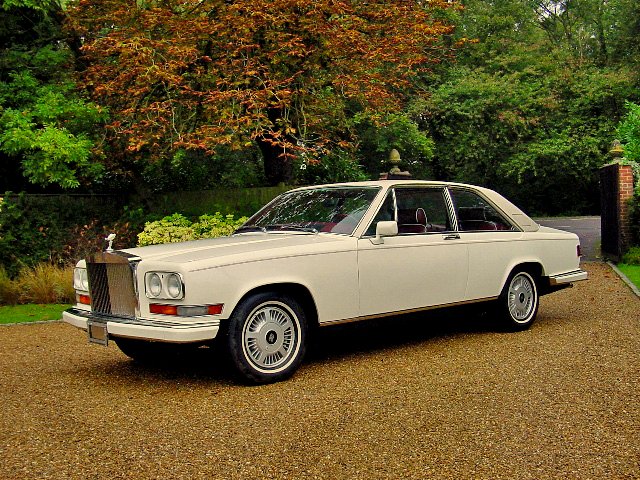
Rolls-Royce Camargue
Rolls-Royce has a stellar reputation for producing the “Best Motorcar in the World.” However, this Pininfarina designed behemoth remains the ugly step sister of the family. Created in 1975, it was intended to show a new direction for Rolls-Royce with cleaner lines and modern styling. At the time, it was the most expensive car in the world and featured cutting edge split-level dual system air conditioning. The result was a car that looked more like a Lincoln than a Roller, and styling that lacked the refinement of previous models. James May of Top Gear UK once said it was a car which had presence, comparing it to a “pug faced but well dressed man.”
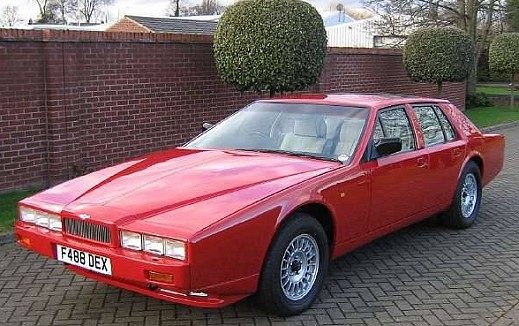
Aston Martin Lagonda
Power, Beauty, Soul is the slogan of Aston Martin and an accurate description of its reputation in the automotive world. It is a brand that exudes class and style, with subtle hints of James Bond intrigue. However, in 1976 the company needed a new direction to signify its rebirth in the industry. What they created was a car that was stupidly expensive, awkward and weirdly styled and one of the most unreliable cars ever made. One of these traits would have been acceptable, but having all three together doomed the car to failure, and almost destroyed the reputation of the company.
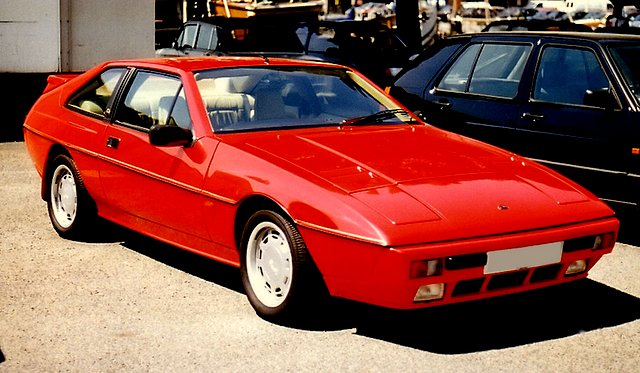
Lotus Éclat / Excel
Lotus has always been a maker of amazingly fast and light cars. Its status as a less-expensive step brother to the Italian supercar elite was solidified by the Esprit, and more recently by the Exige. The Éclat was a 4 door experiment based on the famous Esprit, using most of the same mechanicals. It should have been a success, but it was overpriced, and awkwardly styled. There was just something wrong about the proportions. Rust was also a huge issue as the fiberglass body was mounted to the chassis using adhesive and a strip of felt. Once water got to the felt, it basically became a sponge soaking the metal. The Excel was an updated version of the Éclat produced from 1982 to 1992. Built in cooperation with Toyota, and using many Toyota components, it carried many design cues found on the Supra of the time. Again, quality and price were issues that doomed it to failure. The combination of these two cars damaged the reputation of Lotus, as did the company affiliation with GM.
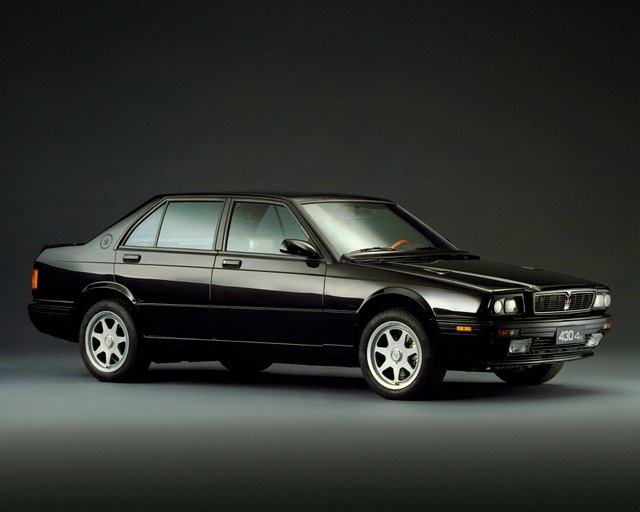
Maserati Biturbo
The story of Maserati is like a Greek tragedy. It is as depressing as Orson Wells during his Frozen Peas era…a once great icon diminished, reduced to shilling crap for pennies. The Biturbo is Frozen Peas. Built at a time when Alejandro DeTomaso decided Maserati should cease building supercars, it quickly became an embarrassment to the Maserati name. Everything on the car that could break or leak did so the moment it was built, and it is said that the collected service advisories would look like the Guttenberg Bible. Maserati would have been smart to recall the beloved trident from any remaining models to break the connection to the brand. They didn’t, and it remains a permanent fixture on “Worst Cars Ever” lists across the globe. Granted, the Merak and the abysmal Chrysler TC by Maserati were just as offensive, but the Merak had style and the Maserati name was long dead by the TC’s time.

Lamborghini Urraco / Silhouette / Jalpa
The Urraco and successors Silhouette and Jalpa were actually surprisingly successful sellers. Created as an answer to the Dino and Merak models, they were the less-expensive sisters to the famed Countach. The Urraco was penned by Marcello Gandini and the Silhouette / Jalpa by Bertone. Reliability was an issue, as it was with most exotic cars, but the idea of a less expensive supercar detracted from the overall cache of the brand. To this day, a decent example Jalpa can be had for less than a Ford Fusion.
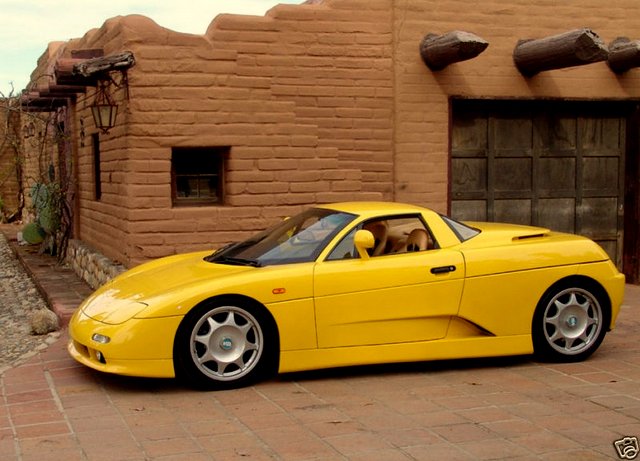
DeTomaso Guará
DeTomaso was the creator of rare and iconic sports cars. In 1966 they created the Mangusta, the automotive equivalent of Led Zeppelin. Mangusta was bold, feral, dangerous and mesmerizing. DeTomaso followed that masterpiece with the Pantera of 1971, the automotive equivalent of Aerosmith. Pantera was loud, raucous, iconic, and purely American despite its Italian design. These were the cars that legends were born from; cars that solidified DeTomaso in the pantheon of great sports car builders. Unfortunately, Alejandro DeTomaso had a penchant for running failing automotive companies, and in 1993 the company collapsed due to mismanagement. Before it died, the company produced the Guará, a car built to F1 specifications and named after a South American dog. It looked like a melted Twinkie, had no luggage space and a skittish demeanor. Owners prided themselves on surviving a drive, rather than exploring its capabilities. Wildly expensive, ugly and sporting a Ford engine, the car died after 50 units, but not before taking with it the cache and good name of DeTomaso.
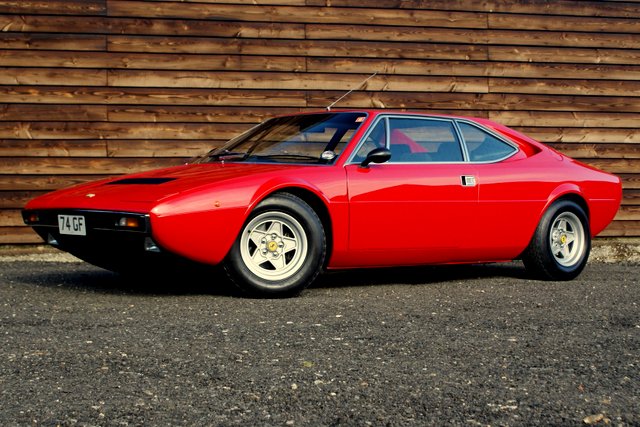
Ferrari 308 GT 4
The Dino originated in 1968 as a “budget” brand of Ferrari. It was intended as a way to market less expensive, less powerful sports cars without upsetting the V12 Ferrari name. Dino was the name of Enzo’s late son, Afredo “Dino” Ferrari who was mistakenly credited with designing the V6 engine. The first two Dinos were the 206 and iconic 246. Both are outstanding examples of Ferrari design and engineering and the 246 is recognized as one of the most beautiful post war designs ever. The third was the 308 GT4, the car that killed the brand. The 308 GT4 was a badly proportioned 2+2. Powered by a transverse mounted V8, the car had many revolutionary features, but was undone by the confluence of bad timing, Bertone styling, and confused branding. Built to compete with the Merak, the Urraco and the Éclat, all three were disappointments to their parent companies.

Porsche 914
This little rust bucket was originally intended to replace both the Volkswagen Karmann Ghia and the Porsche 912. Contract disputes on who was to pay for design and tooling were created after the death of the Volkswagen chairman, and costs skyrocketed. The car was introduced as a Porsche and the 914/4 design sold well. However, rust issues and the unusual design relegated it to the land of the Fiat X1/9 and the Triumph TR7. It was never accepted as a true Porsche and it remains a black mark on the company legacy.




